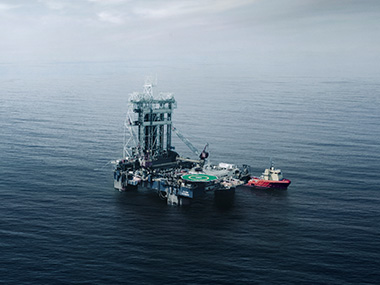Singapore
The Asian LSFO market may stay firm this week due to tight supply and steady demand. However, arrivals from the West expected may start to put downward pressure.
The Asian HSFO market may face pressure from rising imports. Summer power demand in the Middle East and South Asia can provide near-term support.
The Asian gasoil prices are expected to dip this week driven by abundant cargoes of ultra-low sulphur cargoes as refiners resume operations after spring maintenance.
ARA
HSFO expected to become tight, especially higher viscosity blends like RMK700 and 500cst. VLSFO is pretty balanced. Gasoil remains tight, expected to improve a bit in the upcoming weeks when the BP refinery is up and running.
Fujairah
Demand was steady last week as expected. We expect flat price players in the market to continue being aggressive on the pricing front this week as they have been in the last few weeks. Also, the introduction of a new supplier in the FUJ market should show a drop in prices from other suppliers being forced to compete on spot business.
New York
Seeing slightly more spot activity in NYH and Philly, only seeing increased ditsy demand. Status quo from liners on HSFO and VLSFO.
Gibraltar
Low availability all over with high premiums.
Malta
Market is currently seeing an increasing level of inquiries for mgo, ulsfo and vlsfo. Availability for first week of June is already looking tight, with only a few limited slots left. We urge all to send inquiries as soon as they know about their requirements to be able to offer.
Port Louis
Tight avails in the island bunkers only port, with many suppliers running low on avails ahead of the next replenishment 1st / 2nd week of June. Higher premiums noted because of this; ex-pipe gasoil is competitive.
Durban
A noticed tightening of VLSFO and HSFO avails, with one supplier pricing higher accordingly whilst they await replenishment. Gasoil remains as duty paid only, this will remain for the foreseeable.
Walvis Bay
Tepid demand remains in the region, no interesting, updated news to report from the previous week.
Houston and Panama did not report until the editorial deadline.
For port availability and demand, download the full report here.










